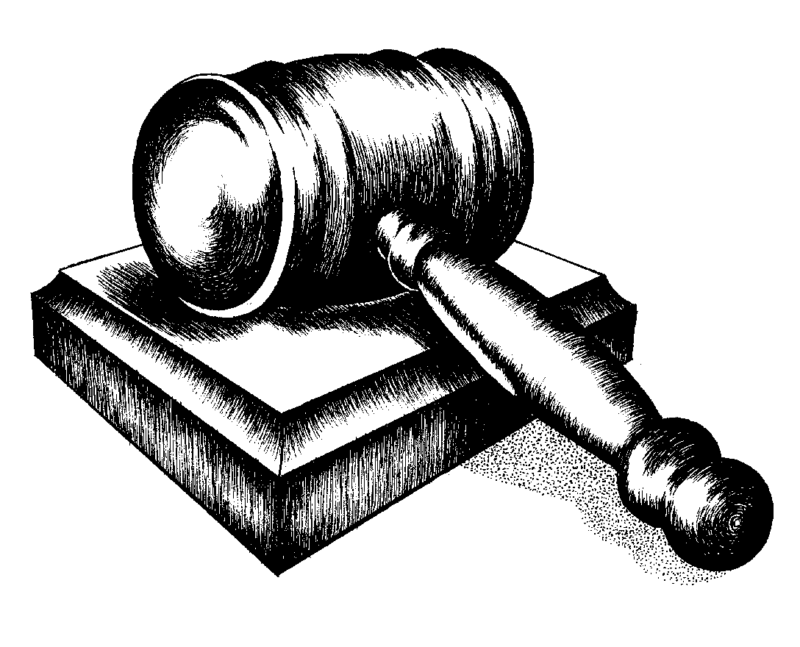On November 7, 2012,Colorado and Washington voters celebrated the election by lighting up their first legal joint.
On Election Day 2012,Washington State and Colorado both legalized the recreational and medical use of marijuana. That is the latest development among the long history of cannabis, also known as marijuana.
Long ago, marijuana had many different uses besides recreational smoking. According to brainz.org, marijuana was the base for the first fabric material known to man, an offering to gods at burials and a popular food in China. By the early 1200s, smoking marijuana had become a popular activity throughout Asia, the Middle East, and most importantly Europe, which was the center of popular culture in the world at the time. The effects of marijuana were not known at the time with medical studies about the drug being nonexistent. According to the Complete Guide of Cannabis, marijuana seeds were used as food, and in India the plant cannabis was named one of the five sacred grasses of the Hindi religion.
When the New World was discovered, it was noticed that cannabis could grow better in that climate. The plant was brought over and grown in the American and South American colonies. It was said that George Washington’s primary crop grown on his farm in Mount Vernon was cannabis.
In 1906, the Food and Drug Administration (FDA) was formed. The FDA would become marijuana’s greatest opponent. The first anti-cannabis law was passed in California in 1913, with most states following suit in 1915 and the years shortly thereafter. In 1928, Britain banned recreational use of marijuana. Then, a federal law called the Marijuana Tax Act of 1937 was passed by the United States to officially illegalize the recreational use of marijuana. The government regarded it as a drug that ruined your lungs, made you addicted, and made you crazy, as shown by the propagandist movie produced by the government, called Reefer Madness.
The movie was intended to get users away from the drug and also pressure states into allocating resources into policing the drug as stated in the Uniform State Narcotic Act. Harry J. Arslinger, head of the Federal Bureau of Narcotics, a branch of the FDA, had heard of several different accounts of murderers and people hallucinating due to the drug. It was because of this that the government created several more propaganda movies hoping to turn everyone away from the drug. According to the book Marijuana the Forbidden Medicine, Arslinger purposely attacked marijuana use only because the drug negatively affected his family; something that author Lester Grinspoon says is rare.
According to the book The Official Marijuana Handbook by David Bienenstock, many conservative courts brought up the argument of intrastate commerce as a support for the legalization of marijuana; however, the federal government appeared to have reasoned that marijuana is indeed traded throughout the states. In the Constitution, it is stated that states have power over trade within their own state, also known as intrastate commerce. Meanwhile, the government has control over any trade that goes between two or more states, or interstate commerce.
Despite the strict regulations against cannabis, the United States Institute on Drug Abuse and Mortality Statistics states that on average every year, zero people die from overuse of marijuana. This stat gave rise to the belief that marijuana should once again be used for medical and recreation purposes. According to drugabus.gov, it is definite that marijuana smoke affects the lungs but it is not positive whether or not it is addictive or leads to smoking other drugs.
ANNUAL AMERICAN DEATHS CAUSED BY DRUGS
- TOBACCO …………………… 400,000
- ALCOHOL …………………… 100,000
- ALL LEGAL DRUGS ………….20,000
- ALL ILLEGAL DRUGS ……….15,000
- CAFFEINE …………………….2,000
- ASPIRIN ………………………500
- MARIJUANA …………………. 0
Source: United States government, National Institute on Drug Abuse, Bureau of Mortality Statistics
Experts believe that marijuana has the same effects as alcohol, simply relaxing the body and is not necessarily habit-forming. The term “gateway drug” has been tacked onto marijuana, but now doctors believe that it doesn’t necessarily lead to other more harmful drugs. A Medical Studies major at Ramapo College said, “the few patients who have experimented with medical marijuana have not been reported to have desires for other and more lethal drugs.”
This idea culminated in the November 6th elections, when Colorado and Washington State legalized the use of marijuana. According to The Bergen Record, a chief part of getting marijuana legalized was the ability to tax it highly, just like other drugs such as cigarettes and tobacco. Despite the public fear so carefully instilled by the federal government, the drug has made a comeback and is on the verge of once again running rampant across the nation.
The amendment passed in Colorado allows adults 21 and older to purchase up to one ounce of marijuana from specialty marijuana dispensaries and grow up to six marijuana plants in their homes. Residents of the state can only have an ounce of personal marijuana at a time, and can only sell it with a state regulated license. Not licensed selling of cannabis is still illegal. Washington’s amendment limits the size of sales and places a tax on each purchase.
In the end, nobody knows for sure what will happen if marijuana continues to be legalized around the country. Some are worried that drug cartels will soon take over the United States like in Mexico, and others, myself included, believe that these organizations already peddle the drug illegally and that legalizing it can only help gain revenue. However a majority believes that the people who actually need marijuana are getting it legally and only the wrong people and the people addicted to drugs get it through illegal means.
Many believe that there is no true wrong way for the government to handle this but there is a way that is better than the other. If the federal government agrees with the states and gets tax dollars from it, they can only gain, but if the federal government continues to disagree with the state governments, then there will be an ongoing saga that will continue to distract leading politicians from solving more important matters. A local police officer said, “People already abuse marijuana illegally, and that won’t stop, if there is a way to benefit from it, the government should do it.”
The votes in Colorado and Washington finally went through after millions of dollars spent on lobbying and paying for public support on the issue. Voters are beginning to finally realize the vast economic benefits that legalizing the drug can give, while becoming skeptic about its negative effects. Colorado and Washington are only the first states to go against the federal government’s ruling on marijuana, and as more states follow suit, a brutal battle over federal power could ensue.







